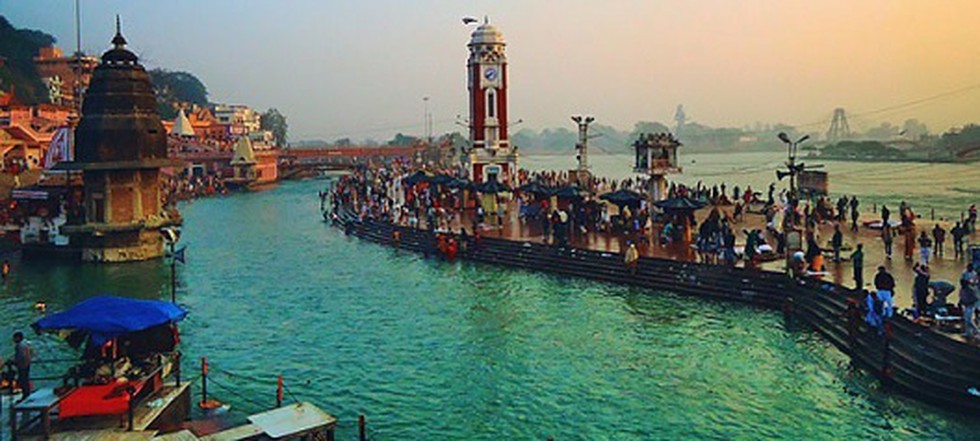About:
- Dissolved oxygen (DO), which is an indicator of river health was within “acceptable limits” of “bathing water quality criteria”.
- A report by the Central Pollution Control Board (CPCB) in 2018, pointed out four polluted stretches on the main stem of river Ganga. There are five categories ranked 1 to 5, with 1 the most polluted and 5 the least.
- An updated 2021 report noted that none of the stretches of the Ganga were now in Priority Category I to IV and only two stretches are in Priority Category V with bio-chemical oxygen demand (BOD), a parameter different from DO, ranging between 3-6 microgram/litre as per CPCB categorisation of polluted stretch.
- The NRCP has so far covered polluted stretches on 34 rivers in 77 towns spread over 16 States with a sanctioned cost of ₹5,961.75 crore. The Namami Gange programme has funded 364 projects, including 160 for sewage treatment.
What is dissolved oxygen?
- Dissolved oxygen (DO) is the amount of oxygen that is present in water.
- Water bodies receive oxygen from the atmosphere and from aquatic plants.
- Running water, such as that of a swift moving stream, dissolves more oxygen than the still water of a pond or lake.
